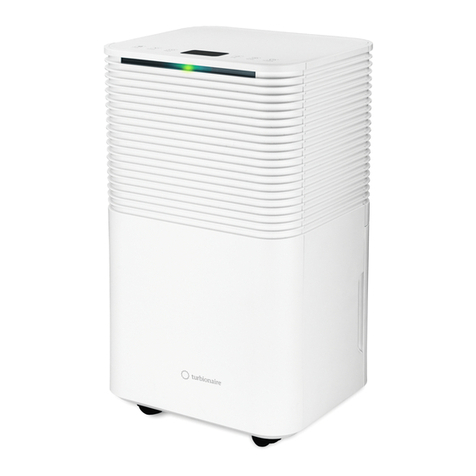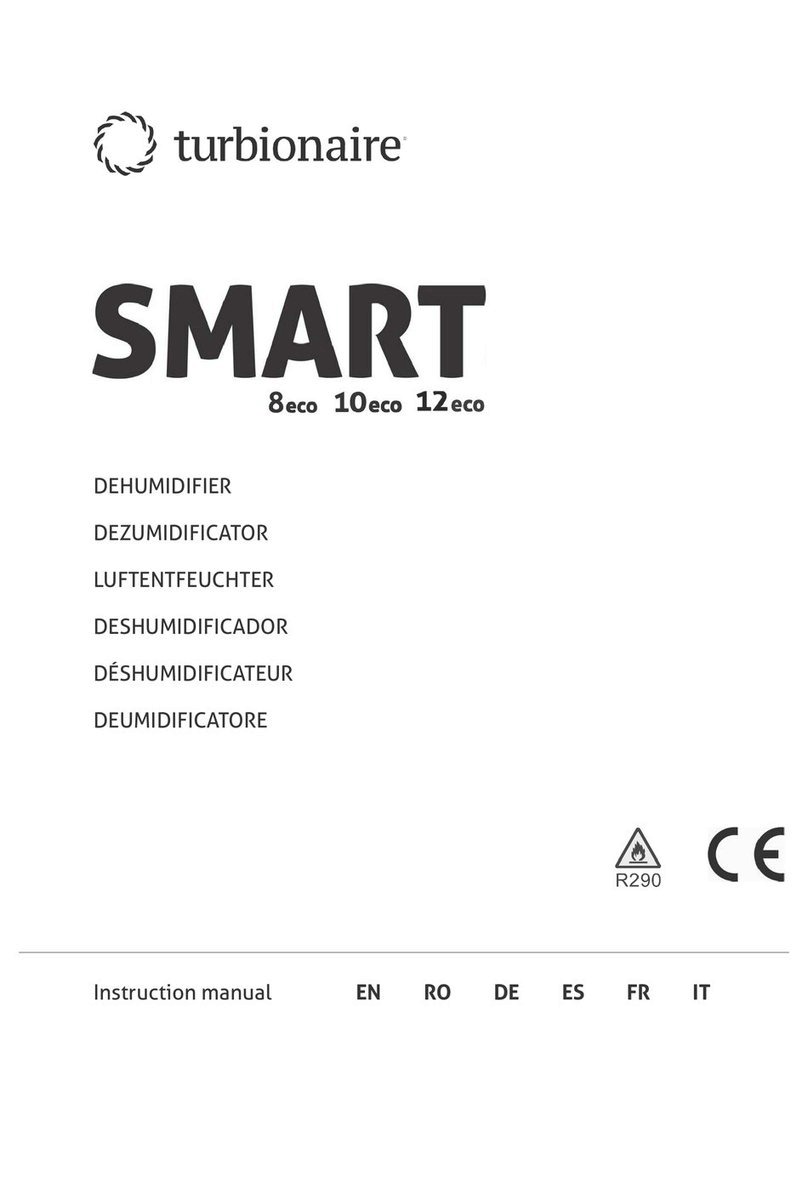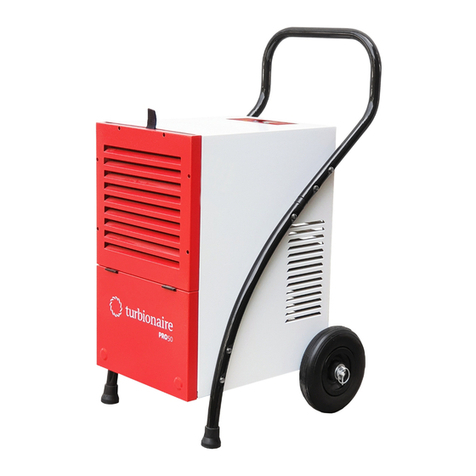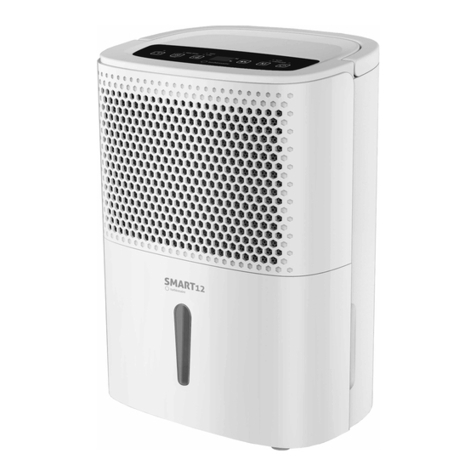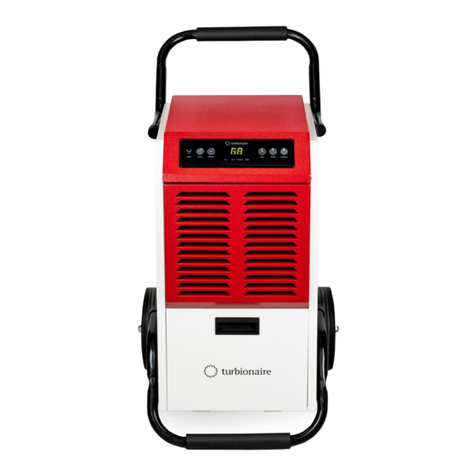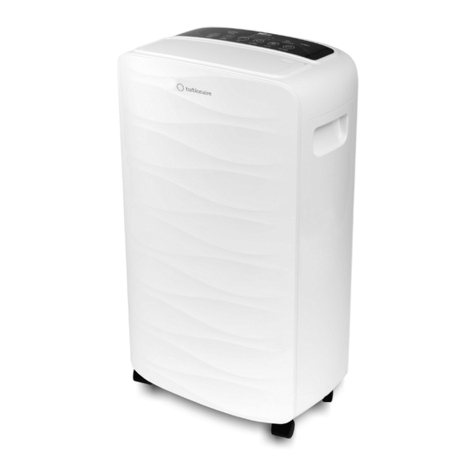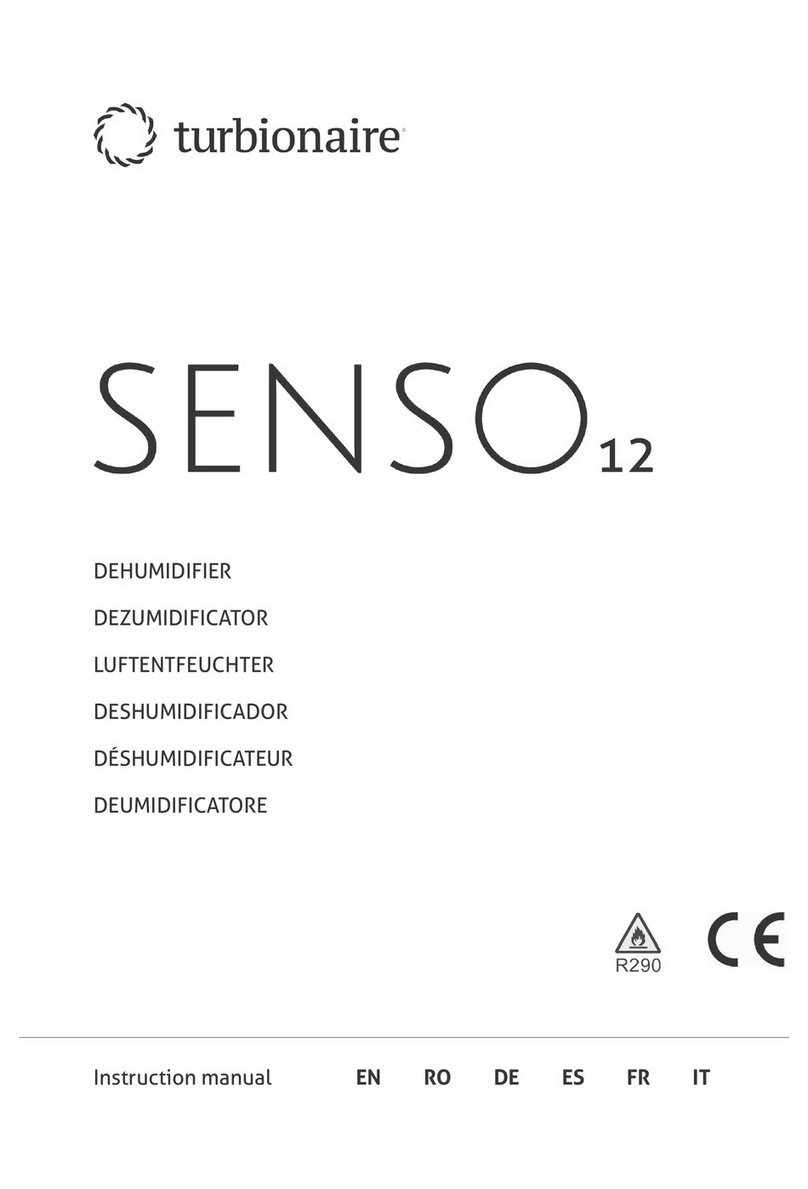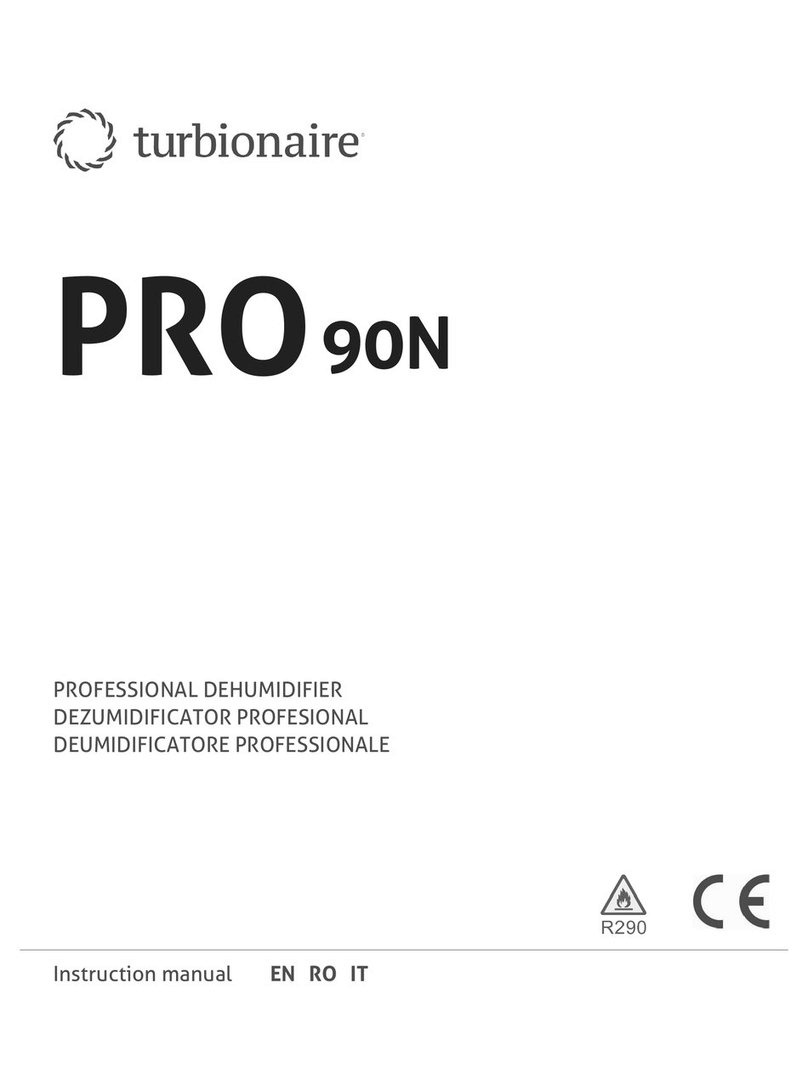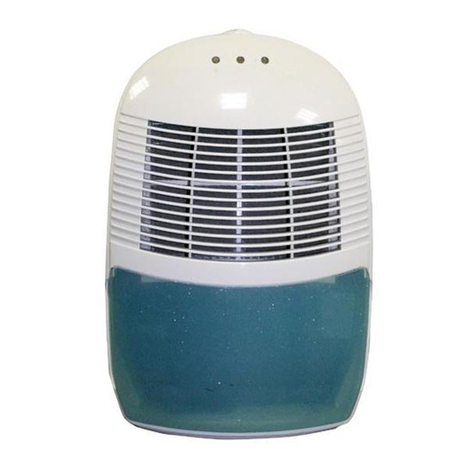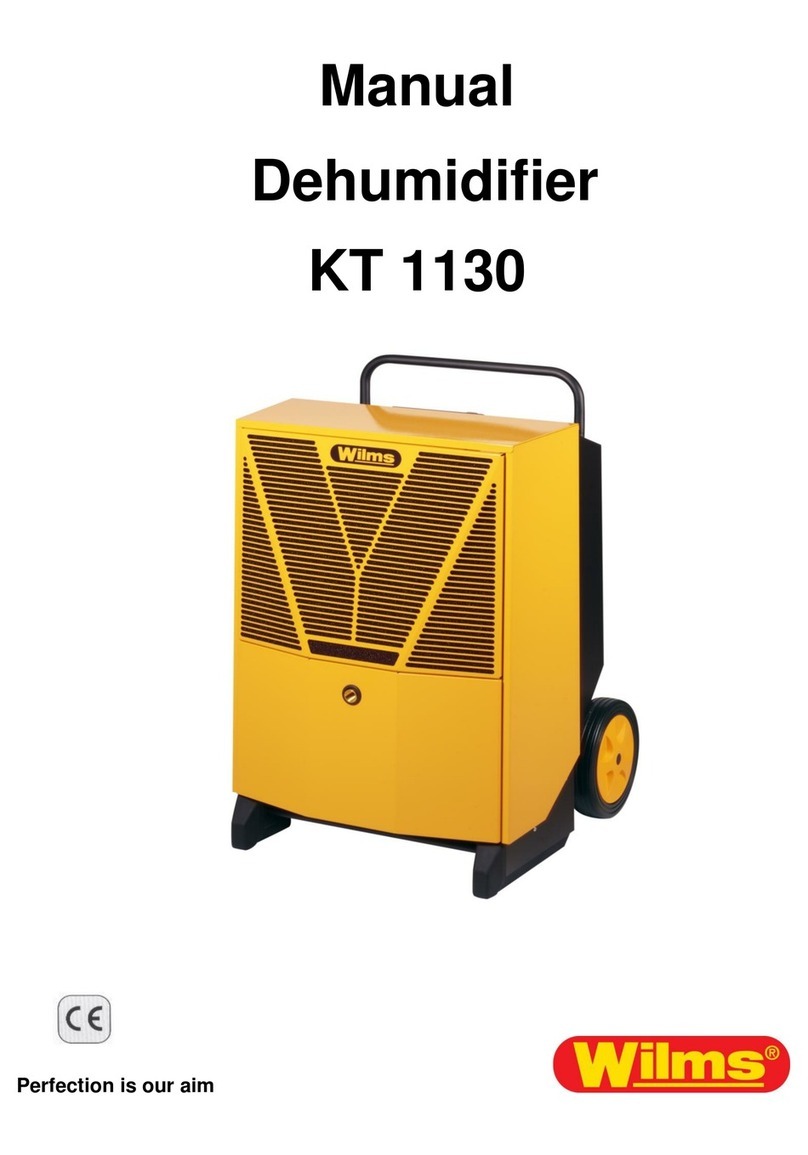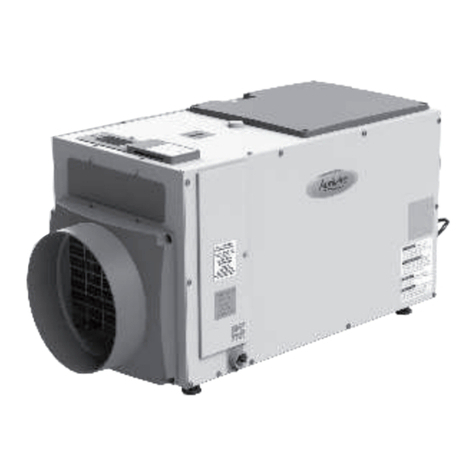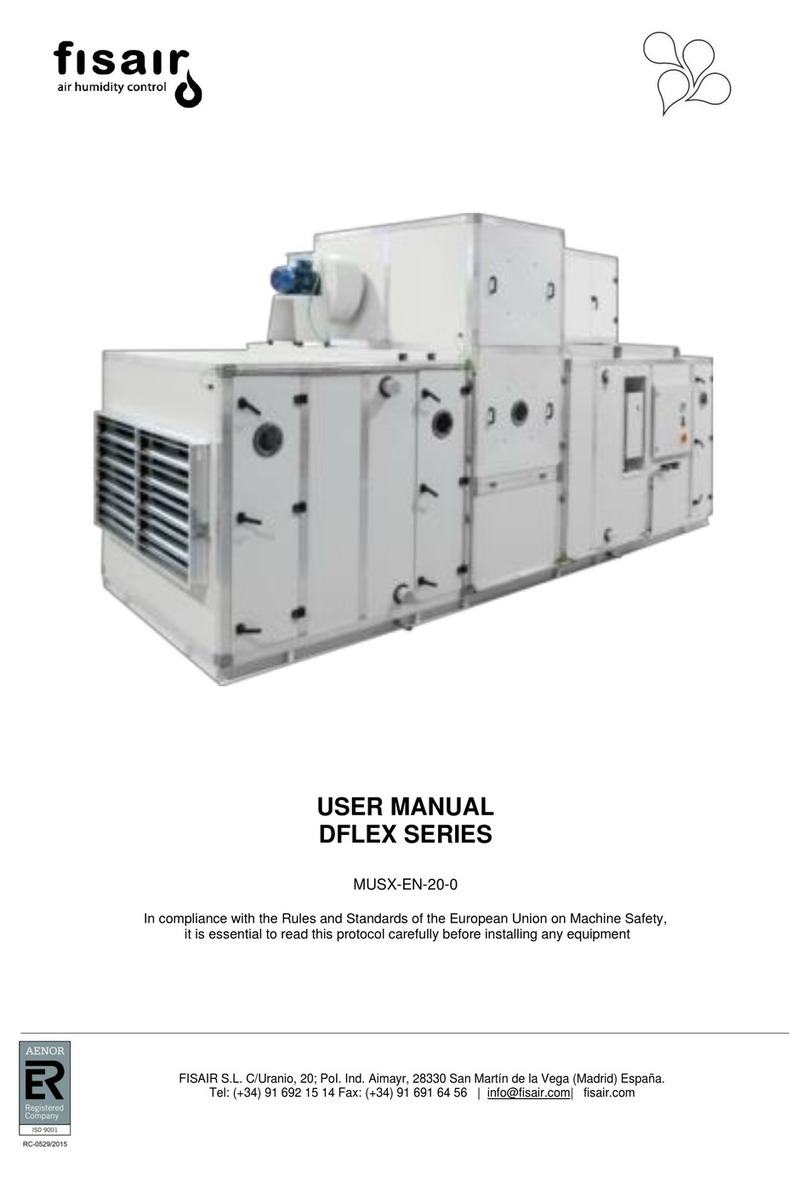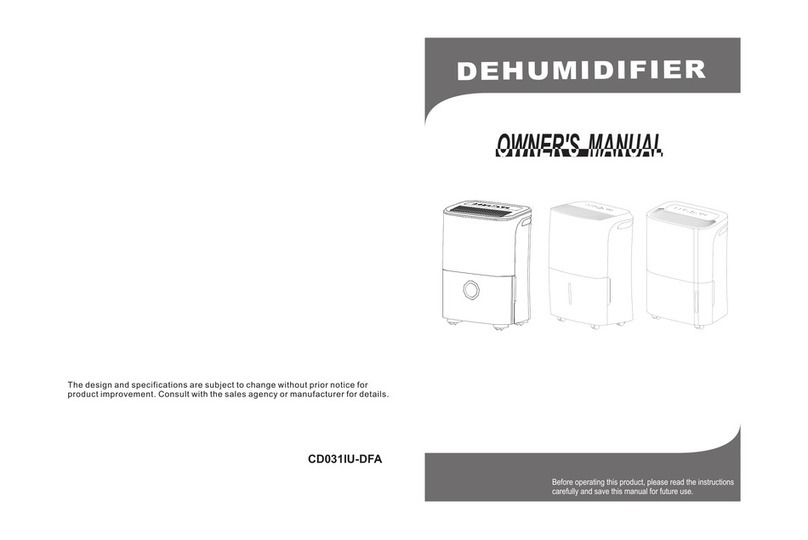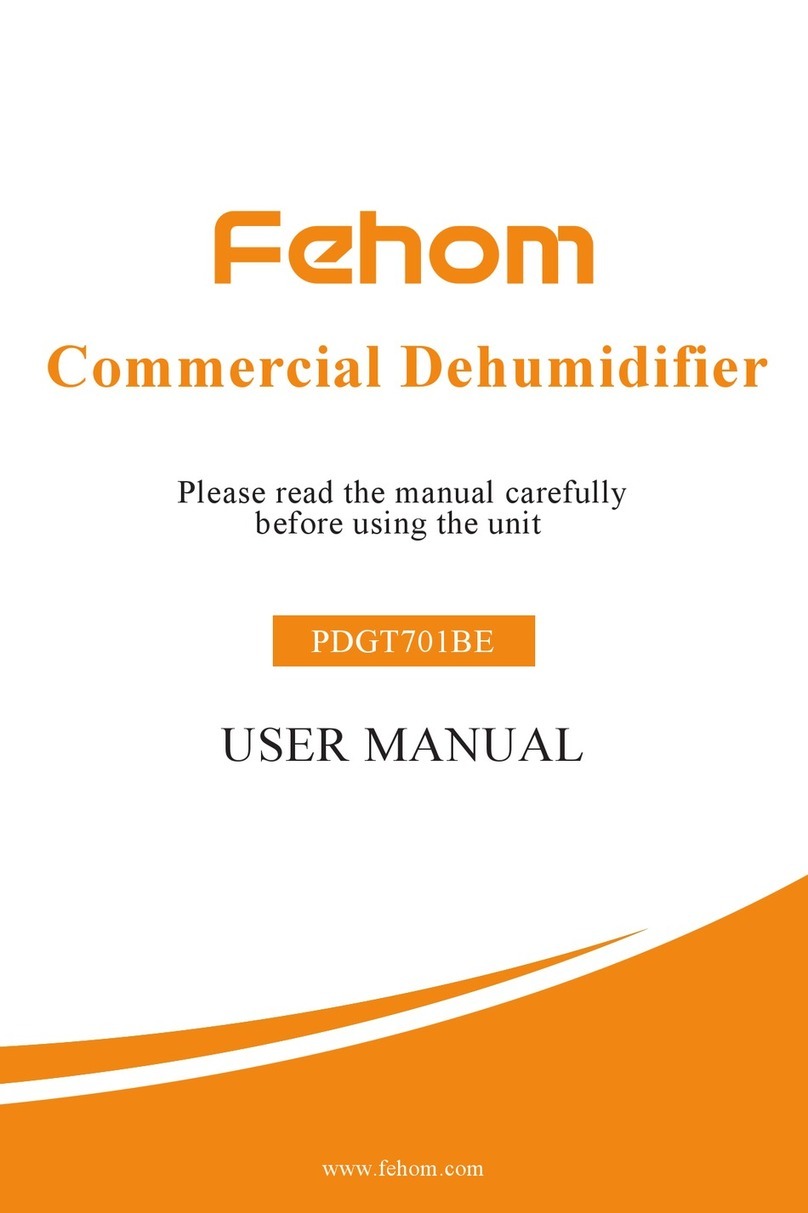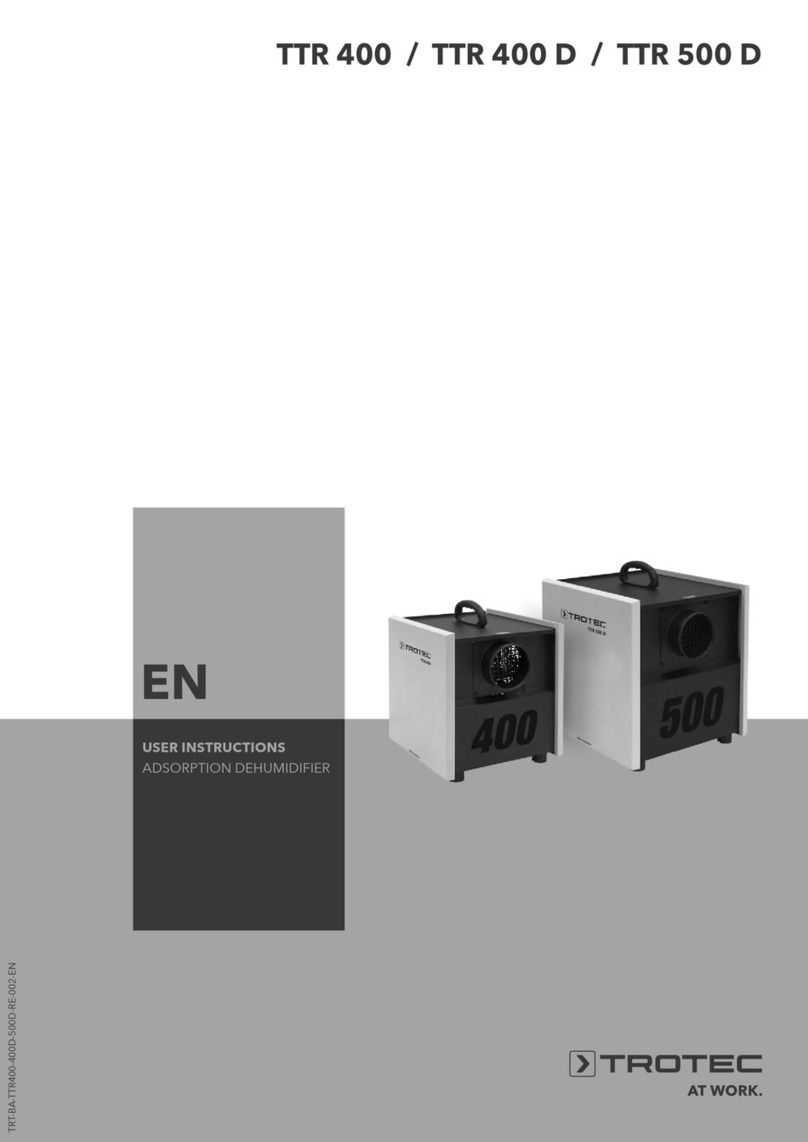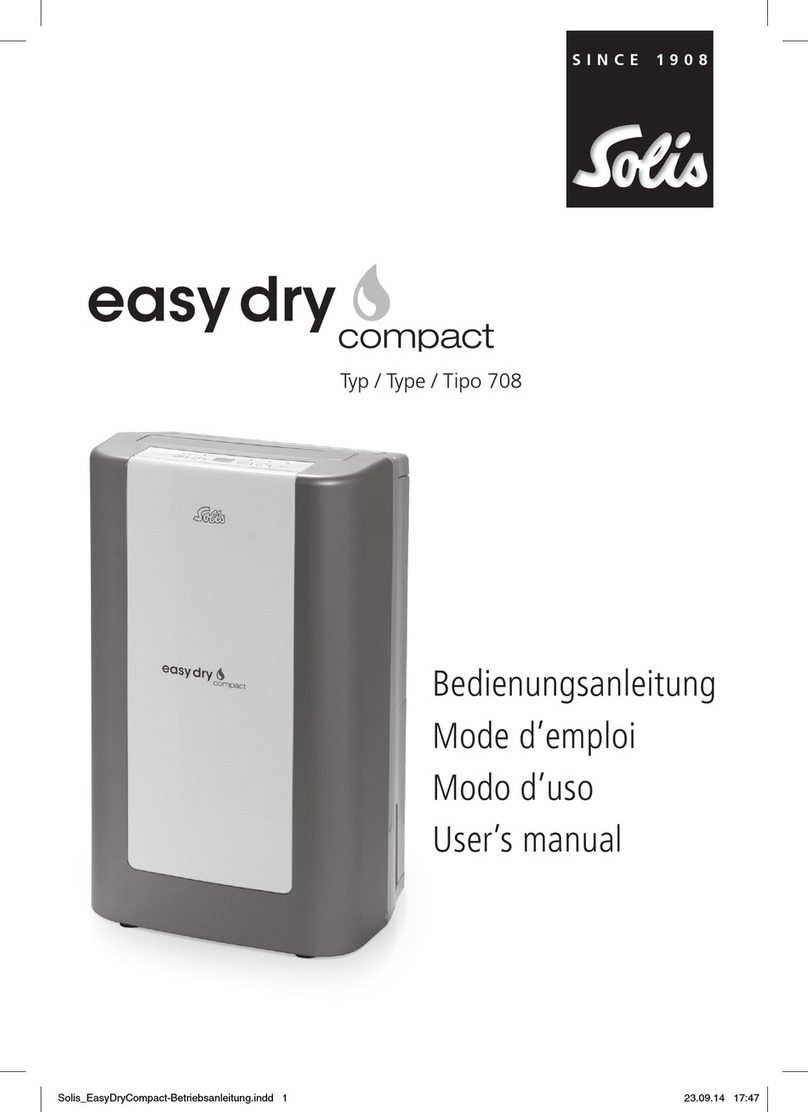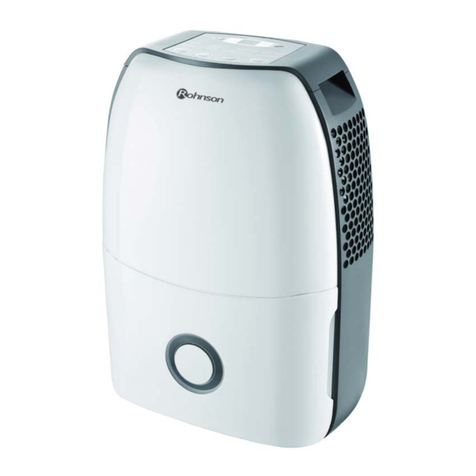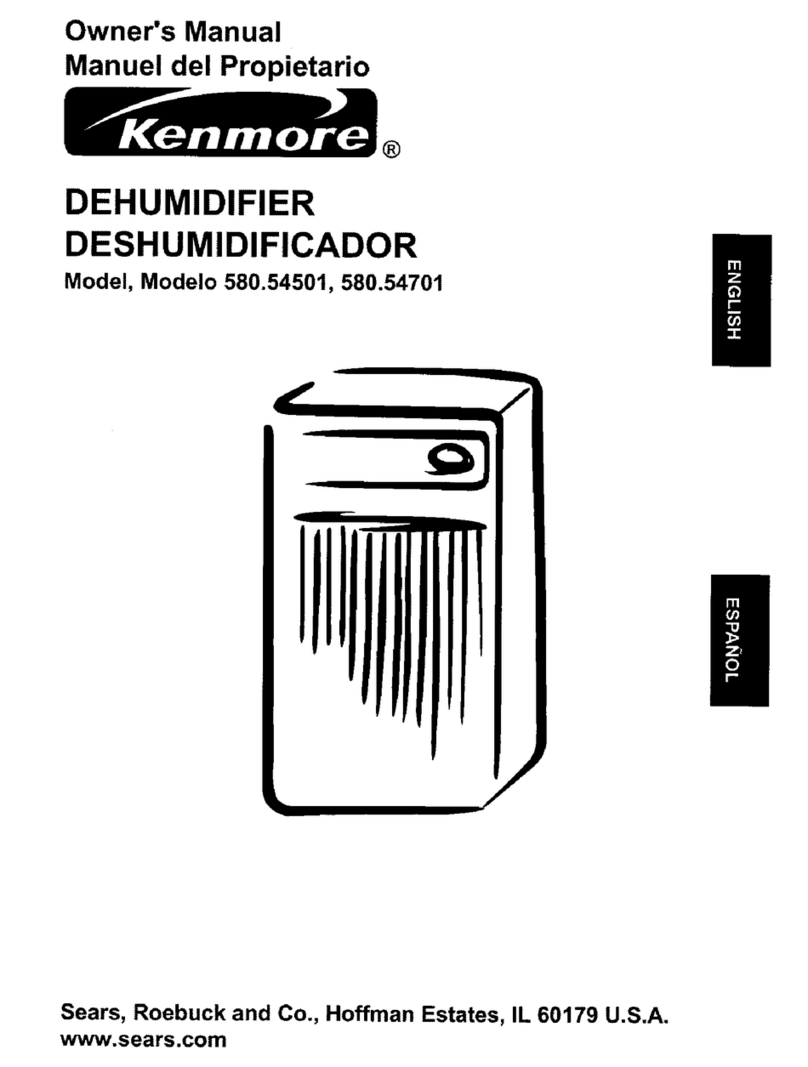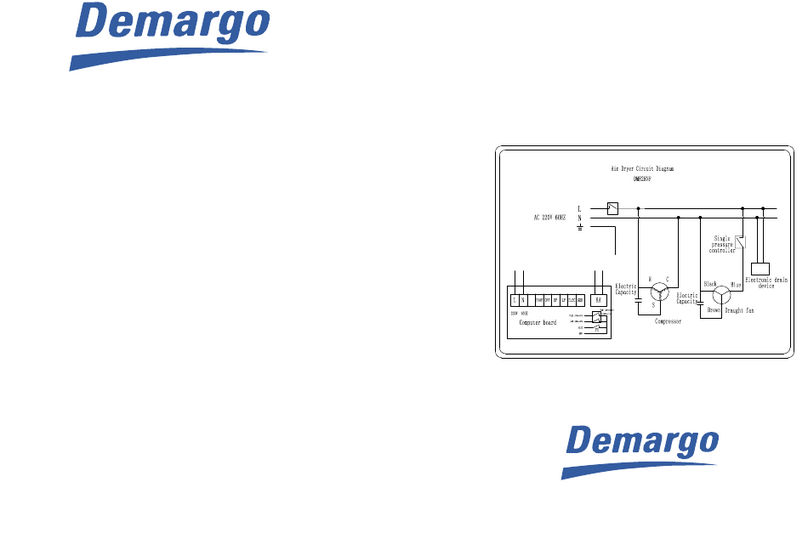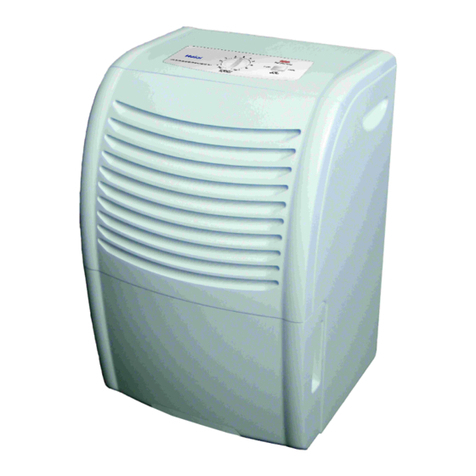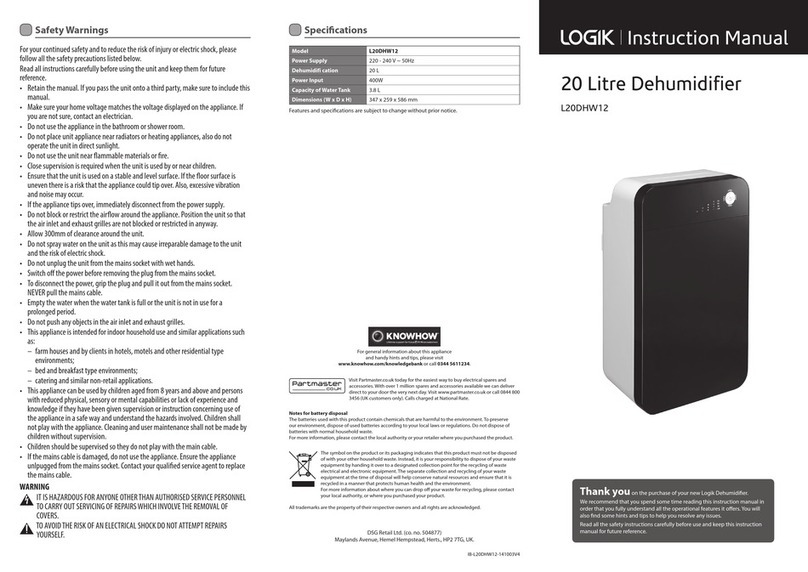
5
WARNING
Do not use means to accelerate the defrosting process or to clean, other than those
recommended by the manufacturer.
The appliance shall be stored in a room without continuously operating ignition sources
(for example: open flames, an operating gas appliance or an operating electric heater).
Do not pierce or burn.
Be aware that refrigerants may not contain an odour.
Appliance shall be installed, operated and stored in a room with a floor area larger than 4
m2.
The appliance shall be compliance with national gas regulations.
Servicing shall be performed only as recommended by the manufacturer.
The appliance shall be stored so as to prevent mechanical damage from occurring.
Any person who is involved with working on or breaking into a refrigerant circuit should
hold a current valid certificate from an industry-accredited assessment authority, which
authorises their competence to handle refrigerants safely in accordance with an industry
recognised assessment specification.
Servicing shall only be performed as recommended by the equipment manufacturer.
Maintenance and repair requiring the assistance of other skilled personnel shall be
carried out under the supervision of the person competent in the use of flammable
refrigerants.
Appliance is filled with flammable gas R290.
Any repairs you need, contact the nearest authorized Service Centre and strictly follow
manufacturer’s instruction only.
m. The appliance shall be installed in accordance with local national wire regulations.
n. The appliance can not be used in public transportation.
o. This appliance can be used by children aged from 8 years and above and persons with
reduced physical, sensory or mental capabilities or lack of experience and knowledge if
they have been given supervision or instruction concerning use of the appliance in a
safe way and understand the hazards involved. Children shall not play with the
appliance. Cleaning and user maintenance shall not be made by children without
supervision.
p. Children should be supervised to ensure that they do not play with the appliance.
r. Appliances that are obviously damaged must not be operated.
3.WARNING FOR DISPOSAL
It is prohibited to dispose of this appliance in domestic household waste.For
disposal there are several possibilities
a. Do not dispose this product as unsorted municipal waste. .Collection of such
waste separately for special treatment is necessary.
